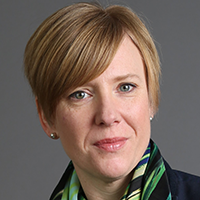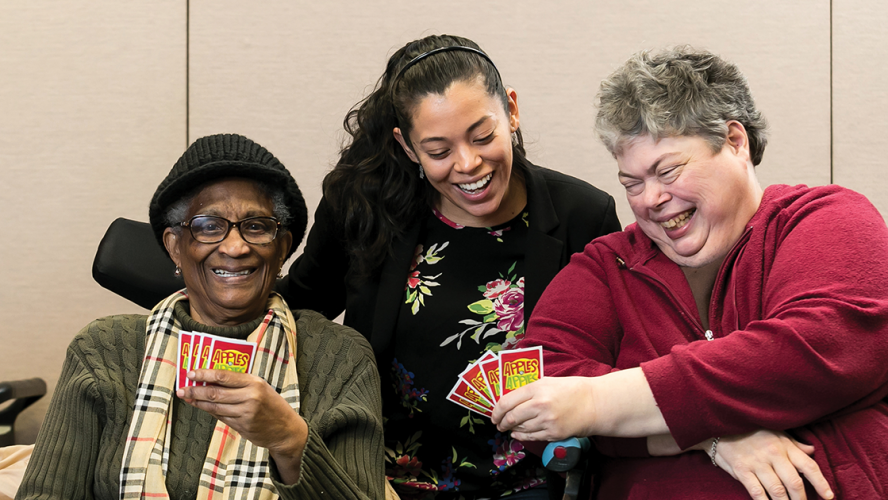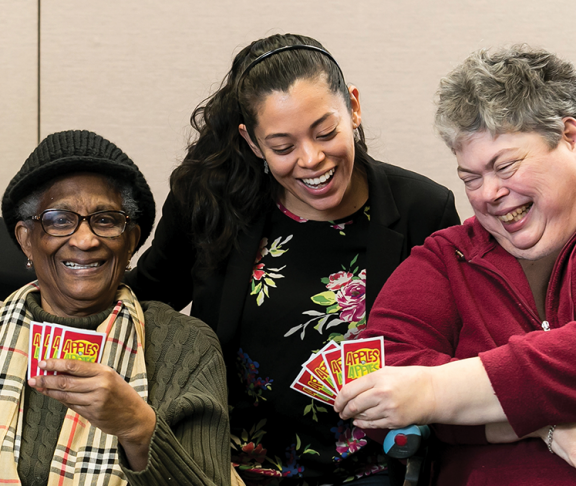
Dr. Michelle Nelson
Health Services Researcher and Chief Knowledge & Innovation Officer, March of Dimes Canada
It’s important for people who have recently experienced a stroke to get access to the right support.
Every year, more than 62,000 people in Canada experience a stroke – and in that sudden, unpredictable moment, their lives can change dramatically.
“When people talk about having a stroke, they often describe it in terms of before and after,” says Dr. Michelle Nelson, health services researcher and Chief Knowledge and Innovation Officer for March of Dimes Canada’s After Stroke program.
Despite the challenges, she adds, rebuilding a fulfilling life after stroke is possible with the right supports.
Navigating the aftermath of a stroke
From the moment a stroke patient arrives in the emergency room, a well-established health care system kicks in. The medical team works to ensure the patient is stabilized and out of danger. Medication and rehabilitation treatments such as physiotherapy are started, recovery begins, and the stroke survivor leaves the hospital to return to the comforts of home.
However, for many stroke survivors, this period can often be the most challenging part of the journey.
“After the stroke, there can be a huge adjustment process people go through as they leave the hospital and return home. They’re coping with significant change across every part of their lives, from their mobility, to their relationships, to their emotions and self-confidence. It can be very jarring,” says Nelson.
While there are community-based supports and services available to assist, finding out about them and accessing them is not always easy. As a result, many survivors and families go without, which can sometimes lead to worse health outcomes.
“At this stage of stroke recovery, one of the things people need most is a guide. Someone who can help make sense of what they need and what’s available where they live, and connect you to it – taking the pressure off you to figure it all out by themselves,” says Nelson.
Finding support in the community
According to Nelson, there is mounting evidence that community organizations like March of Dimes Canada have a vital role to play in helping stroke survivors navigate the transition from hospital to home and to life after stroke.
“Community organizations are uniquely positioned to bring care closer to home, and tailor it to the unique needs of each person, recognizing all the things that can contribute to someone’s wellness,” says Nelson, whose research focuses in this area.
March of Dimes Canada’s After Stroke program, for example, works one-on-one with stroke survivors to identify their needs, establish goals for their first months at home, build plans to achieve them, and assemble a helpful network of local programs, services and supports. It’s a grassroots approach that puts the person at the centre.
Nelson also notes that stroke can have a profound impact on family dynamics, and that often, it is family members or caregivers who need support adjusting to their new roles.
“Most health services are geared towards the patient, but we know that stroke affects the entire family. Community-based programs like After Stroke can support the family unit as a whole,” Nelson comments.
As stroke survivors and their families adjust to life after stroke and begin realizing their most pressing goals, new goals often appear on the horizon, such as learning new skills, rediscovering hobbies and becoming more active.
“Life after stroke might require some adjustment, but with the right support, it can be rich and meaningful and full of all the things you enjoy,” stresses Dr. Nelson.



